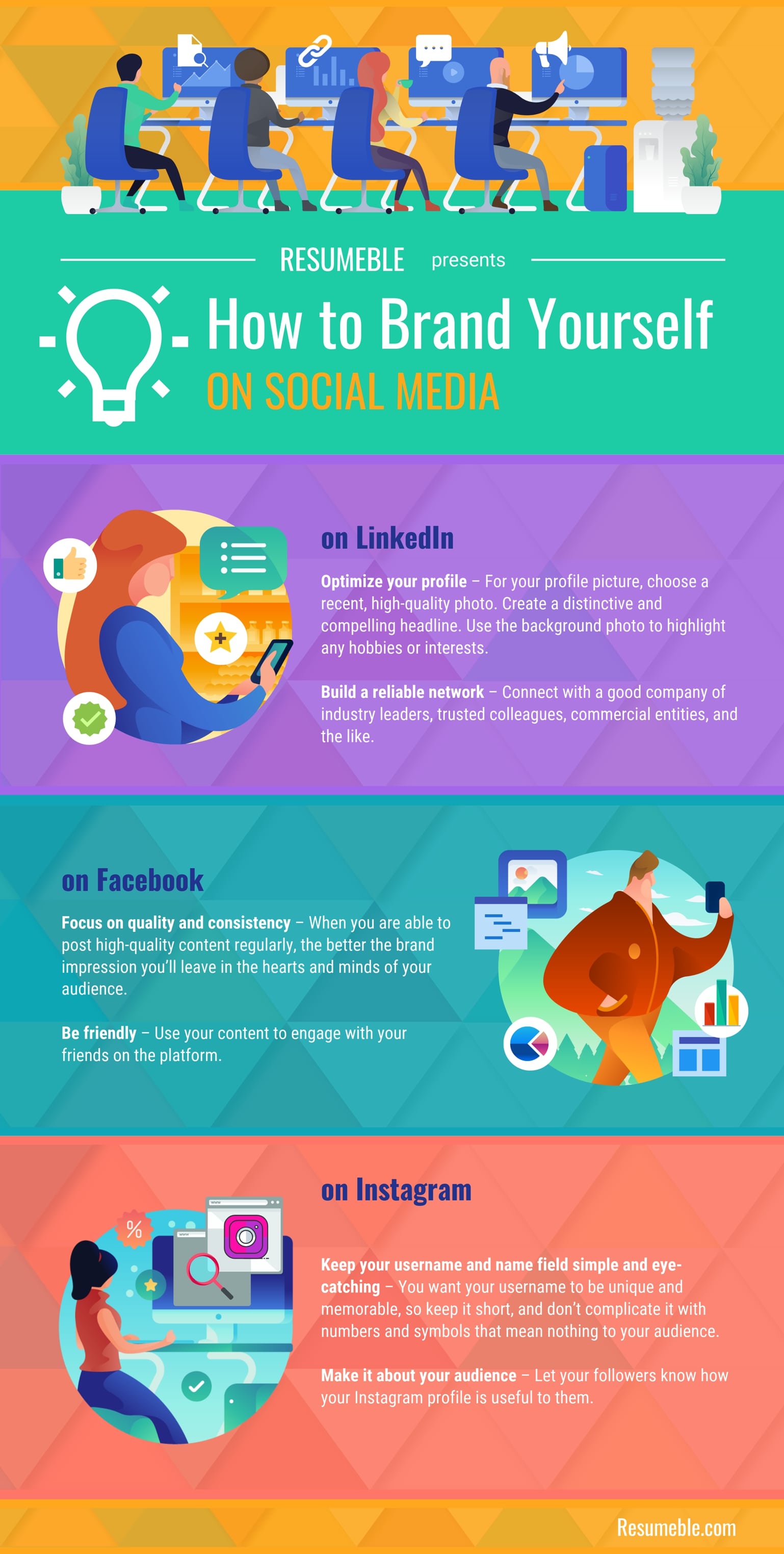
How can you get started with content marketing for small businesses? Canva has step-by–step instructions. This article covers everything, from SEO to PPC campaign. It's also an excellent resource for creating a compelling landing page that will be featured on the website. You will find important tips and tricks to get you started with PPC and SEO. There are some steps you should take to use social media for small-business marketing.
Canva's stepby-step instructions for small business content are an excellent example of small-business content marketing
Canva is very easy to use. It's similar to Visme which is another free content creation tool. It offers step-by–step instructions and other features that make it easy to create and edit content, even for non-designers. Canva allows you to make a variety of content, including social media images, marketing materials, invitations, ads, documents, and more.
Canva's step by step design instructions are great for adding filters to images. You can easily change the tonalities of the image, without needing Photoshop skills. You can also add bulleted lists, adjust line spacing, and even select specific text effects. You can also upload a logo and other important information to enhance your content.
Featured posts
Featured posts are great for small business content marketing. They allow you to highlight a piece of content from your website. They could be pages, portfolio projects or ongoing promotions. Be clear about the purpose of your feature when choosing content to feature. It's designed to grab people's attention and get them to click through your content. To make the most of this opportunity, here are some best practices.

One of the most important aspects of content marketing is promotion. Promoting your content through social media is a common strategy. Featured posts and other methods are also popular. For advanced content marketing techniques, you can use internal linking to improve rankings for pillar articles that target the most valuable keyword terms. Make use of your existing networks to get more people to your small business's content marketing program. Here are some tips:
PPC campaign
It is worth considering pay-per-click (PPC), to improve your website's visibility and increase your profits. This strategy is highly competitive. Small businesses often have a hard time competing with large corporations. PPC management can be a smart investment if you want to grow your business. This article will give you some tips to maximize your campaign's success. The more money that you spend on your PPC campaigns, the better it will turn out.
Your ROI will be boosted if you target the right audience. Small businesses don't have thousands to spend every month. However, they can target a specific audience with targeted keywords and show their ads to those most likely to purchase from them. It's easy to see what campaigns aren’t working and to pause them until you find the right ones. By creating an observational audience you can refine and increase your niche.
SEO
SEO for small-business content marketing is vital for several reasons. SEO will help increase visibility for your small business and build credibility. Search engine optimization refers to optimizing your site. Your business will be more visible and can rank higher on search results if you use quality content. Both small and large businesses can use content marketing in many ways. Before getting started, conduct research on your target market to find out what they need.

Organic traffic is a great way to be competitive with big brands. The click through rate of links within the first three Google SERPs positions drops exponentially. And links in their third position only receive two percent. Google ads may be an option for larger brands. However, organic traffic is free and does not cost anything. It also doesn't take into consideration your budget or resources. So improving your SEO is the best strategy to win.
FAQ
What is Content Marketing?
Your site is visited by someone who is looking for something. It's great if they find exactly what they want. They will go to another place if they don’t find the answer. Content marketing is about creating useful, helpful information that answers queries, solves problems, or provides value. This content can be shared across all platforms (emails, social media, etc.). This ensures that everyone has access to the content.
Do I need an agency for Content Marketing?
No! No. There are many online tools that can help you create high quality content. A premium price is also a common charge for agencies.
How do you create an effective content marketing strategy?
You must first determine the type of content that you wish to create in order to develop a content marketing program. Next, identify your target market and the ways they use the internet. Next, you will need to identify the channels that are most likely to reach your target market. Next, find the right keywords and create compelling copy to promote each piece of content.
Do I need to have a team of people or can I do the content marketing myself?
It all depends on your skills and experience, as well as your budget. If you don't have the resources available to hire someone to take care of the day-to-day content creation, distribution, and optimization tasks, you will need to learn how to do it yourself.
A support system is essential if you want to be successful in content marketing.
A good content strategist or agency can save you time and money while helping you get results faster.
If you don't work hard, deliver quality content consistently and keep up to date with the latest trends, you won't be able to succeed. That's why having a solid content strategy in place is vital.
Does Content Marketing require an SEO specialist? Yes!
SEO experts understand how search engines like Google rank pages. They are also familiar with the keywords that should be targeted when optimizing your site.
Is content marketing worth spending money on?
Content marketing is an essential part any online business strategy. This is a great way to get exposure for your brand. Content marketing not only benefits customers but also makes you stand out among the rest.
Content marketing is about creating useful information that people want. By using content marketing as a core component of their digital marketing strategy, the most successful companies are able to reach their target market.
Statistics
- Forty-seven percent of buyers view 3 to 5 pieces of content before engaging with a sales representative. (mailchimp.com)
- According to our research, 65% of companies with very successful content marketing in 2021 ran content audits at least twice a year. (semrush.com)
- According to our research, brand awareness, attracting traffic, and generating leads remain the key content marketing goals in 2022. (semrush.com)
- Progress indicators (0–100%) allow each team member to see how attainable each goal is and understand what remains to be accomplished. (semrush.com)
- Out of the 1,500 marketers we surveyed for our State of Content Marketing report, 78% who felt their content marketing strategy was exceptionally effective in 2021 had documented their strategy. (semrush.com)
- In fact, would pay more for a better customer experience, and 86% of B2B buyers would pay more. (neilpatel.com)
- We found that 40% of businesses don't have a documented strategy yet. (semrush.com)
- To further show the importance of this, 89% of people have stopped doing business with a company because of a poor experience. (neilpatel.com)
External Links
How To
Informationgraphic creation tips for content marketing
Infographics are an effective way to explain complicated concepts clearly and make information understandable. Use infographics as a tool to promote your content marketing message.
For creating an infographic you'll need software such as Adobe Illustrator and Photoshop. These programs allow you to create infographics by drawing different shapes and elements. You can then use colors and fonts for your data. After your design is complete, you can upload images from Unsplash and Pixabay to your design.
You can find inspiration for your own ideas by looking at existing infographics online. You could use a photo of a food pyramid to show the calories in particular foods. Then, replace those numbers with photos of the foods. Or you could look at how many sugars are found in soda pop and replace that number with a picture from a Coke bottle.
Once you've created your infographic, share it on social media channels like Facebook or Twitter. This allows people to learn more about the concept, even if they aren't familiar. Use hashtags to let others know what infographic you are sharing on social media. You can use hashtags to allow others to follow your conversations about specific topics.
Make your infographics shorter than normal if you are creating them. A blog post may be 2000-5000 words long. An infographic requires only 500-1000 words. This allows you to convey more information in a smaller space.
When designing your infographic, remember that some viewers may struggle to read small font sizes. Use large fonts, but don't overuse color in your infographics. Also, ensure all text is legible.
Here are some additional tips :
-
Choose an Infographic Template. There are many online templates that you can download or print. Canva and Piktochart are some of the most popular.
-
Make your Infographic. To create your infographic, use the template. You can use any media that suits your audience. If you want to create an infographic on the best places for food in Seattle, for example, you might use photos from local restaurants.
-
Add text. Add text once your infographic is created.
-
Add Images. Add images to your infographic. These images could be photos, charts, graphs or icons. You should make sure that the picture you upload is related to your topic.
-
Make It Interactive. You can also add interactive elements such buttons, maps, links, and other features. This will allow you to engage your audience.
-
Share. Share your infographic when you are done.
-
Measure. How well did your infographic perform? Did people click through? Are they signing up for your email newsletter? What was their reaction when you showed them your infographic
-
Improve. Is there a way to improve your infographic? Are you able to do it better the next time?
-
Repeat. Repeat.